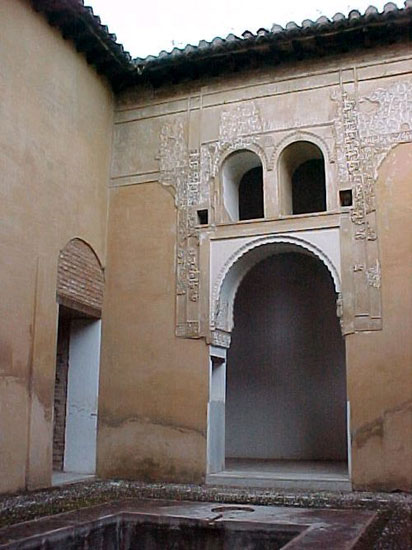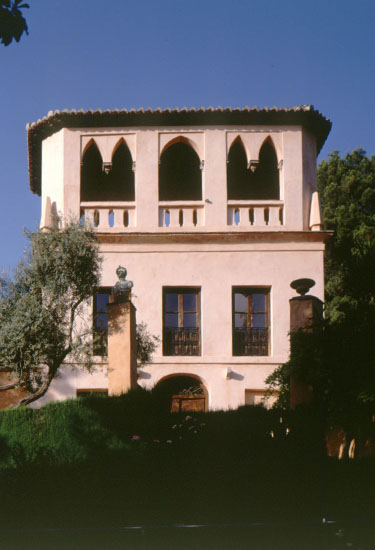The Judas Tree
The Cercis siliquastrum L. is native to the Mediterranean region. Its scientific name comes from the ancient Greek “kerkis” (tree) and “siliquastrum” from “siliqua” (seedpod) and “astrum” (similar), in other words, similar to a seedpod. It is also known as the “Love Tree” due to its heart-shaped leaves. An old myth says that Judas Iscariot hanged himself
from this tree after betraying Jesus and that is why it is called the Judas tree. This is probably a corrupted version of the French common name “Arbre de Judée” which means Tree of Judea, referring to the region where it is believed to have originated. It arrived in Europe at the time of the Crusades (1200 AD) and its first destination was France. From that moment onwards it spread quickly throughout the continent. At the time of the Byzantine Empire it was one of the most numerous trees in Constantinople, on the banks of the Bosphorus. The purplish-pink flowers were a favourite with the Byzantine emperors. At present the “Erguvan” (as it is known in Turkish) is the tree which identifies the city of Istanbul.





 Contact
Contact




















